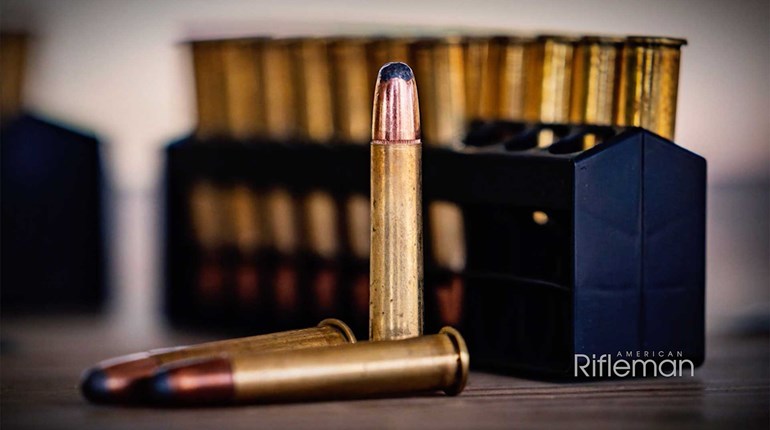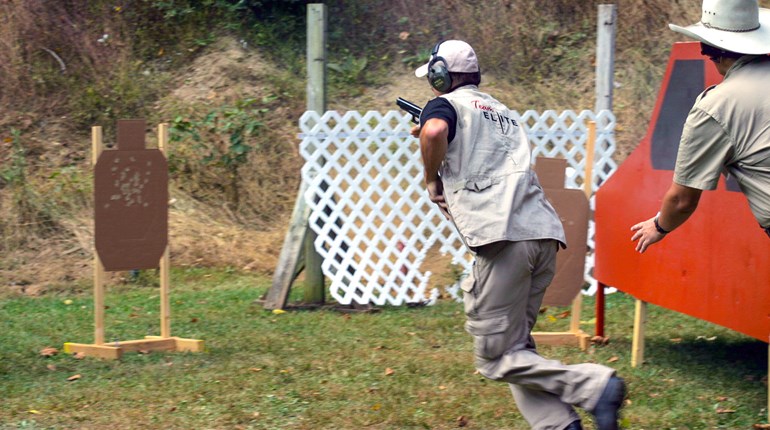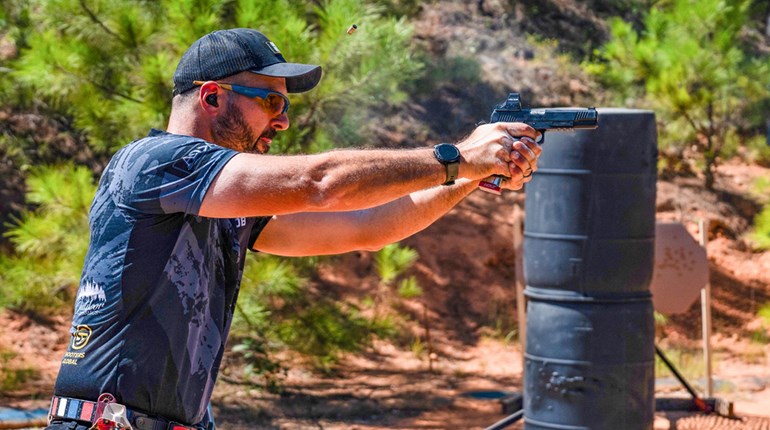
After years of study in Yoshinkan Aikido—one of the hardest-hitting of the traditional Aikido styles—I was invited to train at the Honbu Dojo in Tokyo, Japan. It was the original hand-to-hand training school for the renowned, respected Tokyo Riot Police, for their street-effective technique.
During one memorable training session, in freestyle sparring (randori), as I was being tossed across the dojo (training area) like a trash bag, one of my teachers (sensei) noticed how often my brain bucket bounced off the hard, cold, floormats (tatami). He kindly stopped the beat down and asked me if I enjoyed being face-planted to which I, looking up humbly from the ground, replied, “No, sir.” He then said with a polite smile, “You are out of time. You must fix your timing.” He could see I had the requisite technical skills, but needed to step up my game. To accomplish that, I needed to improve my timing.
Timing. Given my plentiful years ensconced in the martial arts, you would think I would have learned about the critical importance of timing. However, at this high-performance level, it was made abundantly clear to me that timing was paramount.
When it comes to personal-defensive measures, whether it’s boxing, ground fighting, (fill in the blank here), timing—especially at advanced-practitioner levels—becomes an inextricable performance necessity.

Appropriate timing applies equally to defensive and competitive shooting. You can have all the mechanical skills in the world with your firearm, but poor timing will negatively impact your performance. Being out of time can cause a decrease in your speed and accuracy, and can introduce a plethora of shooting errors.
When it comes to rapid and precise round placement, to the untrained eye watching the performance of accomplished defensive or competitive shooters—the best of the best—make it seem like a single, fluid motion. This optical illusion is a series of quite finely practiced movements; isolated tasks, executed in a specific order and without delay.
Upon deeper analysis and per professional instruction from some of those best in the business, it turns out that proper timing is comprised of three separate and assessable components: Task, Sequence and Delay.

Task—One Thing at a Time
In a defensive scenario, you may turn around and right in front of you, at bad-breath distance, you see some maniac swinging a baseball bat straight for your melon. Wide-eyed, pulse racing and already too far behind the action/reaction power curve to be proactive or even active, you have only one of three remaining reactive measures: One: Duck or move your dome out of the way (evade the strike), Two: Block or parry the strike or Three: Take it in the teeth. Anything else, like reaching for your concealed firearm, is not a viable option at that exact moment to solve the tactical problem as you are clearly out of time. Your single most-effective task in that scenario is to first make safe your brain-box and then figure out how to avoid or stop the threat—two completely separate tasks.
Transitions (completing your shot on one target and quickly moving your muzzle to place a round on a different target), require isolation of each physical movement. After breaking a round on target one, you then need to find your next target. Only after locating your next target can you align your muzzle with that target. You can’t do it any other way. If your mind wanders to the second target before you’ve completed the first task of hitting target One, then your attention is divided. You can stack the odds in your favor by maintaining both physical and mental focus on the single job at hand.
Regardless of scenario, task isolation is critical. Doing one thing at a time (and doing it well) serves you best. Allowing your mind to jump ahead of each job breaks your mental focus. Failure to isolate specific tasks both physically and mentally, is like placing a foot in two separate canoes, each moving in a different direction.

Sequence—Optimal Progression
In addition to mental and physical isolation is task sequence. Given a defensive-shooting scenario, only an optimally executed series of isolated movements can ensure success.
Presentations under duress (competitive or defensive) requires one specific task at a time and in a specific order. In competitive shooting, drawing from the holster cannot occur until you hear the buzzer.
Master-class defensive shooter Gabe White emphasizes the explosive hand speed required at the very first movement to your holster (versus rushing the shot). According to White, you want to apply that explosive energy to your initial access, clear your cover garment, defeat any retention devices, apply a positive grip on your handgun while it is in the holster and then continue to apply grip pressure as you clear the holster. Pointing the business end of the gun toward the threat and making precise shot placement can only occur following each of the above, in sequence.
The shot-placement process is another clear example of optimal progression. There is a sequential “movement linkage” between your sights, trigger and target. You don’t want to press the round off unless your sights are first aligned with the target. Step One: Align sights with the target (stabilize the gun). Step Two: Carefully break the shot (without displacing muzzle alignment) ensuring the hit. Executing these two isolated tasks out of order will in no way assist you in rapid and accurate round placement.
Don’t Delay
Lastly, but certainly not least and at the very heart of timing, is “when.” In a defensive scenario, it may be the time when an assailant is trying to shoot you in the face, which should be more than enough motivation for you to avoid delay.
The secret to success in any competition (you versus another competitive shooter or you versus someone trying to shoot you) is the precarious balance of accuracy and speed—to maintain that delicate balance is to eliminate delay.
As you’re isolating one task at a time and in their appropriate sequence, why would you sit there and analyze—or even worse, over-analyze—your movement during execution? You don’t ever want to be a victim of “paralysis by analysis,” but instead do what it takes to get the job done in the time required. In either competition or defensive shooting, time is not your friend, so make judicious use of every precious tenth of a second at your disposal.
Grandmaster and multiple World Champion Rob Leatham admonishes against dwelling too long between alignment and breaking the shot.
Leatham says, “You don’t need to stand there and verify that your alignment is correct.” It either is or it isn’t—if it isn’t, then fix it. If it is, then “immediately break the shot as there’s nothing further needed.” Spending all day running some type of verification process on your already-aligned muzzle will cause needless delay. In competition this could cost you valuable tenths of a second on any stage. In a defensive shooting, it could cost you your life.
Referencing timing, World Champion Max Michel Jr. is a strong proponent of rapid trigger reset. He states that in a stressful situation (combative or competitively), it’s important to be sure the trigger is reset to avoid trigger freeze. He teaches to reset the gun in recoil by working the trigger as fast as possible without disturbing the sights from alignment with the target. According to Michel: “The [target] distance/difficulty will always dictate the trigger speed [in breaking the shot] but never how quickly I reset the trigger.” For Michel, the only constant when it comes to trigger reset is absolutely no delay.
Confidence and Coolness
Shooting well is about following a specific process and not chasing a desired result. One of the most-important elements of the shooting process is appropriate timing. Executing isolated tasks, one job at a time and in a specific order without delay, are the building blocks of appropriate timing easy enough to understand but not so simple to do. Fortunately, throughout the history of shooting, there are some available tools discovered by the masters that you can use to avoid being out of time.
One of these very useful tools is confidence. How do you gain confidence? Once you become familiar with something, (such as executing sequentially isolated tasks without delay), and you do it enough times, it then becomes comfortable to do. Comfort in shooting, while training over an extended period (lots of trigger time), builds confidence. Confidence practiced over time eventually leads to competence. Competence is the absolute epicenter of on-demand
performance shooting.
Another effective tool used by the masters to help them stay in time is keeping a cool head. Respected small-arms-training pioneer and defensive-shooting subject-matter expert the late Col. Jeff Cooper taught the importance of keeping cool under pressure. In the immortal words of lawman Wyatt Earp, “…going into action with the greatest speed of which a man’s muscles are capable, but mentally unflustered.” He was referring to this same calmness of mind.
If you’re a competitive shooter, then you realize the invaluable importance of timing. When the range officer asks if you are ready and that beeper screams at the top of its little lungs through your amplified ear protection, your efforts must turn to the job at hand. Relying on your confidence you remain calm and do what it takes (execute isolated tasks, one job at a time and in a specific order without delay) to stay in time.
In a real-world, active-threat scenario, where someone may be trying to kill you, as a defensive shooter, confidence and calmness of mind are equally—if not more important—than to the competitive shooter as the price for failure is exponentially higher.
Either you stop the threat, or the threat will stop you. Going to guns in self-defense means that you’re reeling backward on your heels, far behind the power curve and in reaction to a violent physical threat. If your objective is to stop the threat, then your greatest ally is your confidence and coolness in shooting well. Your greatest enemy is to find yourself out of time.




































